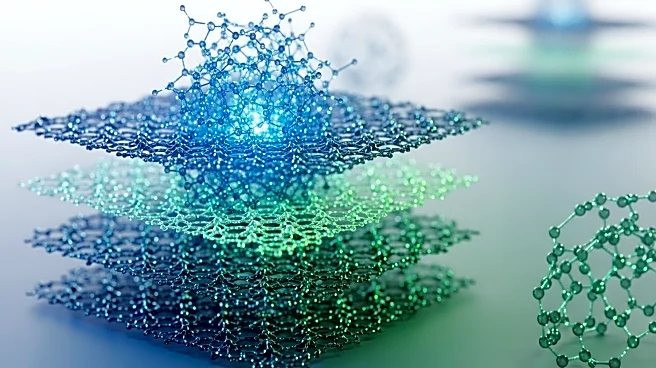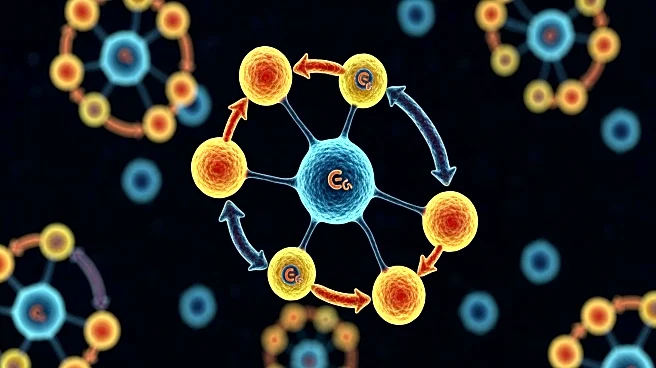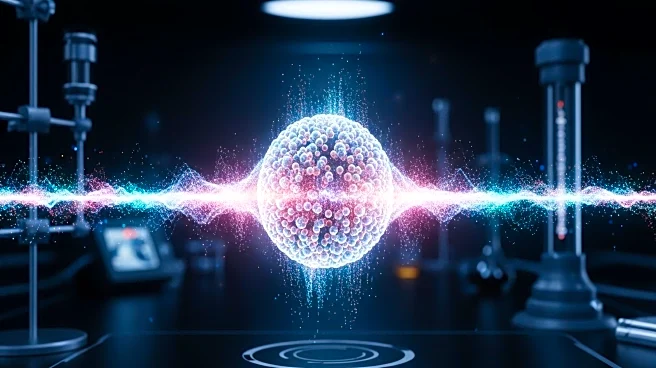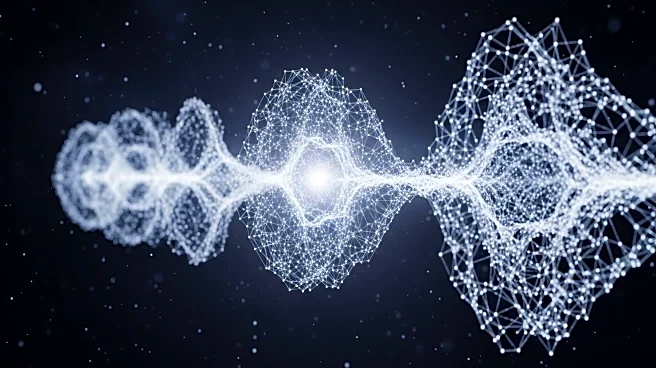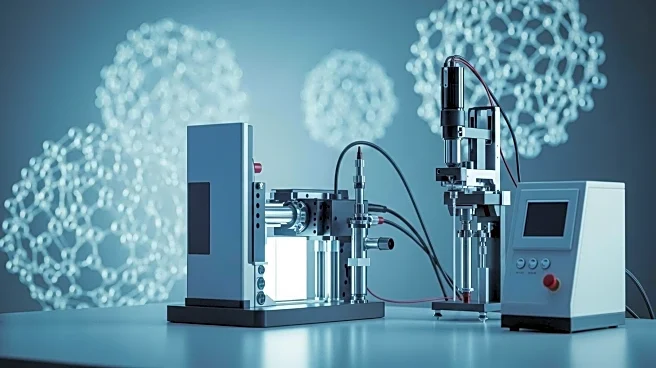What's Happening?
Researchers at the Indian Institute of Science have discovered a quantum fluid of electrons in graphene, challenging the Wiedemann-Franz law, which states that electrical and thermal conductivity should be directly proportional. The study found an inverse relationship between these properties in graphene, indicating a decoupling of charge and heat conduction mechanisms. This behavior emerges at the 'Dirac point,' where electrons move collectively like a liquid, similar to quark-gluon plasma observed in particle accelerators.
Why It's Important?
This discovery positions graphene as a unique platform for exploring quantum phenomena, offering insights into high-energy physics and astrophysics. The findings could lead to advancements in quantum sensors, capable of amplifying weak electrical signals and detecting magnetic fields. The research opens new avenues for studying quantum entanglement and black-hole thermodynamics in a laboratory setting.
What's Next?
The scientific community is expected to further investigate the properties of Dirac fluid in graphene, exploring its potential applications in quantum technology. Researchers may develop new experimental setups to study quantum phenomena using graphene, potentially leading to breakthroughs in understanding quantum mechanics and material science.
Beyond the Headlines
The discovery of Dirac fluid in graphene could influence the development of new materials with unique quantum properties. It may also inspire technological innovations in quantum computing and sensing, enhancing our ability to explore and manipulate quantum states.
